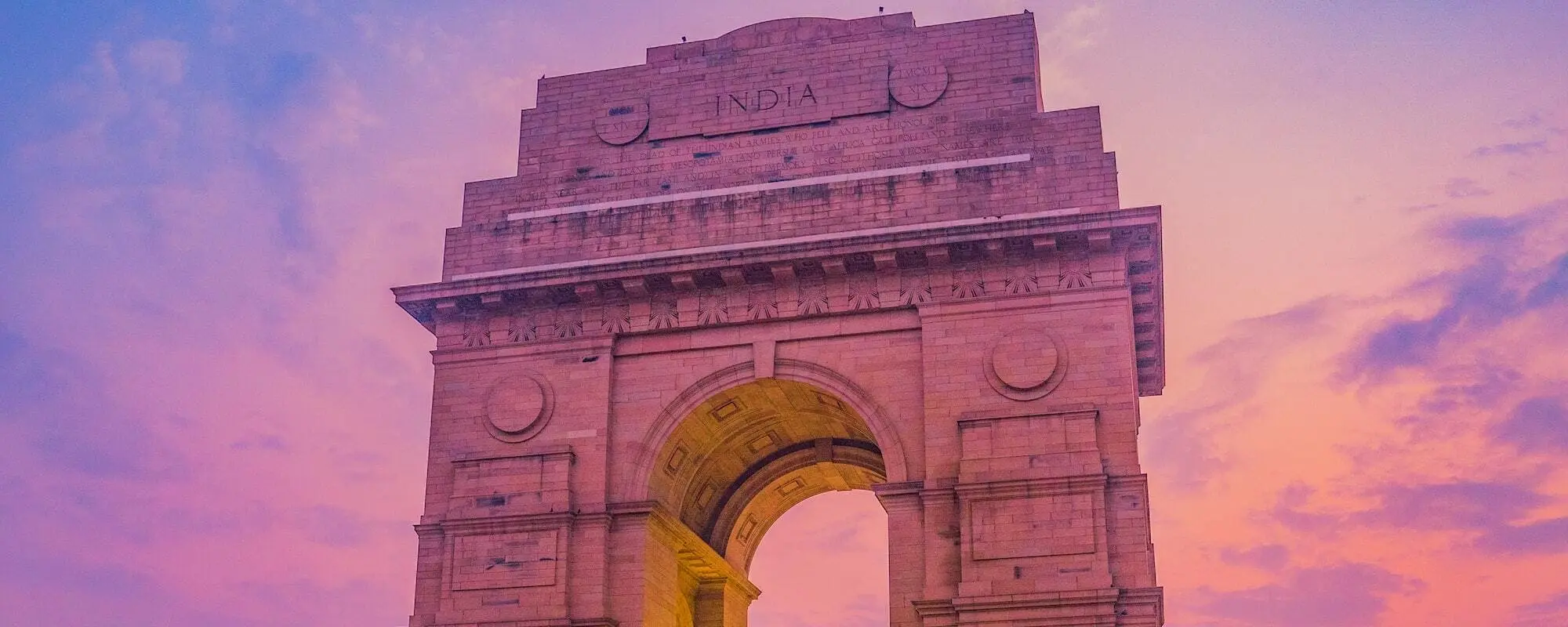
The diverse land of India which is known for its colorful and vibrant culture and a fascinating heritage, is endowed with a plethora of historic remnants and architecture that defines its rich history and development over centuries. Historical monuments of India are one of itssignificant defining features that narrate the millennium old anecdote of what, when, and how of India and act as the strong pillars that have withstood the heaviness that is the deep history that the country possesses. From their incredible architecture to a strong legacy and the history they surround themselves with, monuments in India are the speaking stones of the glory of its rulers and the brilliance of the artisans and have always been a major source of global tourist attraction since decades.
Monument buildings are preserved over time by the people or the governments. They tell numerous stories – they reflect wars, conflicts within, and economic conditions of a place (city, area, or country) over time. The existence of monuments helps track the evolutions in a place (including its population) and better understand the reasons that have led to the development of cities and societies and even traditions to the existing status.In India, the preservation of these monuments has helped cultivate pride of our heritage that makes each city unique in the country, with its own legacy and interesting history. These historical monuments have brought the character and charm to Indian cities, and in many cases have become the primary source of their identity.
As said by Joseph Joubert, ‘’Monuments are the grappling irons that bind one generation to another’’.
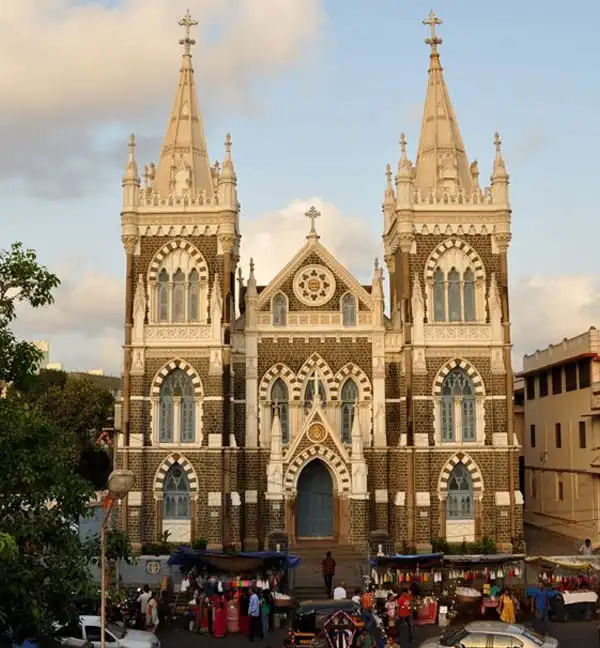
Several of the Indian monuments have been constructed under the reign of the Rajputana, Dravidian, and Mughal Emperors before the British era. During the British era as well, many structures were built that now stand as the live example of India’s deep history and the many rulers and kingdoms it has seen being built and getting forgotten. Historical monuments are one of the top sites in many of the domestic and foreign travelers as the architectural brilliance of these structures make them exceptional and a must have in traveler’s itineraries. Due to the charming and vibrant culture and beauty of India and the consistent efforts of the Indian government to maintain the sites, the Indian tourism has witnessed an influx of rapidly increasing number of travelers from across the world. By exploring the historical Indian monuments, one gets to grab a slice of history and folklore and experience the journey of ancient India through distinct stones of monuments in different states.
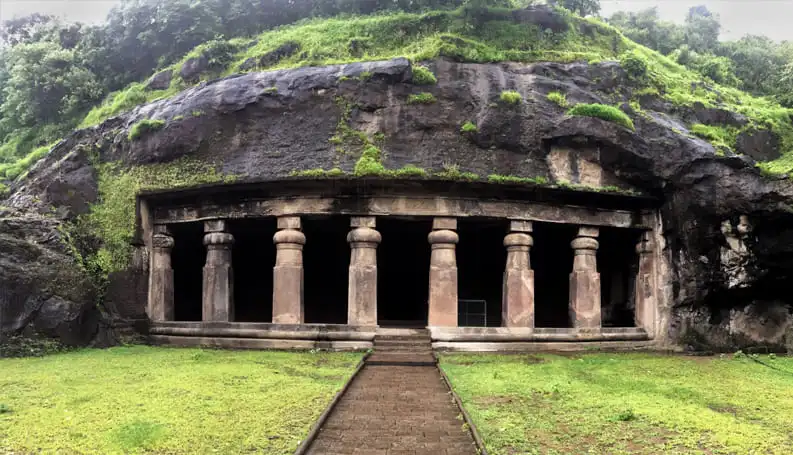
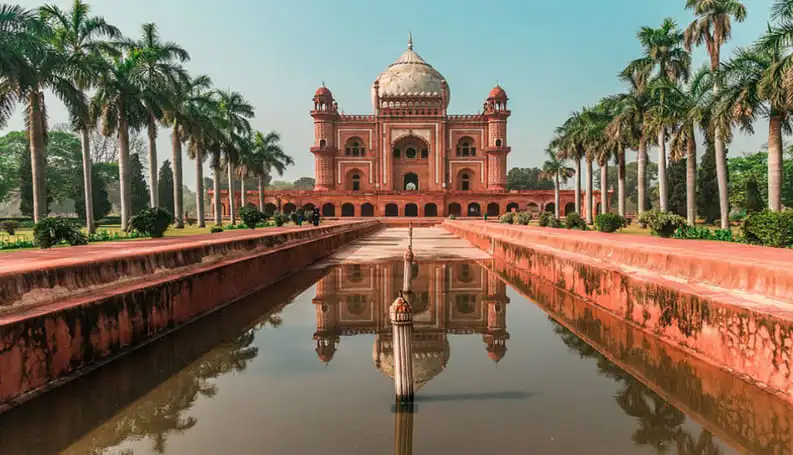
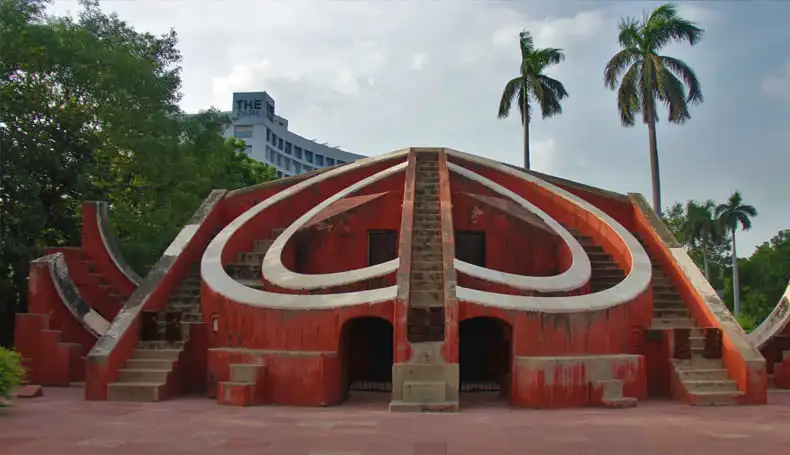
Because of the capital of the Mughal empire in the north, there are several historical monuments of Mughal architecture in the north India. Uttar Pradesh and Delhi have some of the most and major number of monuments here such as Taj Mahal, Red Fort, Qutub Minar, Jama Masjid, Fatehpur Sikri to name a few. The Mughal architecture is famously represented by a circular dome at the top along with pillars on sides. Rajasthan has some of the most breathtaking and incredible forts that were the royal residence of the ancient kings. Some of the most famous monuments in North India are:
The monuments of South India are one of the most visited tourist places by travel lovers and archaeological and history buffs. The monuments of the premodern period here represent two different regional style of architecture – the Deccan style and the Dravida or Tamil style. The Deccan style in the early 6th-8th centuries A.D. used either the Nagara style or the Dravida style but later developed into the present Deccan style using some elements of both styles. The main features of this style are a shrine with sikhara (pyramid roof), pillared halls, perforated stone screens, and porches with sloping seat backs.
The Dravida style focused on the vertical accent of the square shrine or vimana, with sikhara and a series of mandapas (columned halls) in the east-west alignment, surrounded by prakara (wall) with a rectangular entrance called gopura. Some of the famous historical monuments of South India are:
Monuments of Eastern India exhibit a mixture of local, along with Mughal and British architecture, some of which are of national security and come under UNESCO World Heritage Site. It includes monuments such as stupas, temples, caityagrihas, and monasteries. The stupas and caityagrihas were mainly for Buddhist worship, the monasteries were for Brahmanical as well as Buddhist and Jain monks, and temples were generally Brahmanical and sometimes Jain. Though several monuments are still existing, many couldn’t endure the change in climate and the relentless attacks of invaders and have now extinguished, leaving a hole in the history of their evolution.
Some of the famous monuments of East India are:
The monuments of Western India are a gift by the great ancient kingdoms that have contributed to the development of India. The Pratiharas, Chaulukyas, Chahamanas, Grahapatis, the Mauryas, and Guhilas were some of the major kingdoms who ruled the Indian subcontinent, mainly the western part, and have left many hallmarks in the form of monuments. This includes temples, buildings, churches, and much more. Some of the famous monuments in West India are:
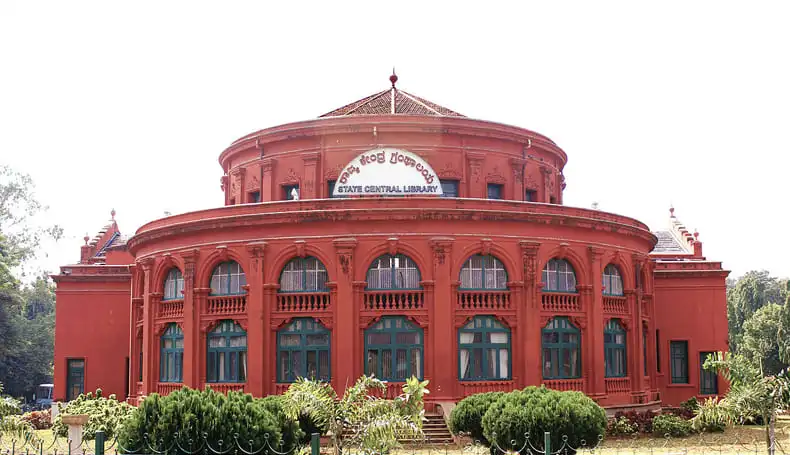
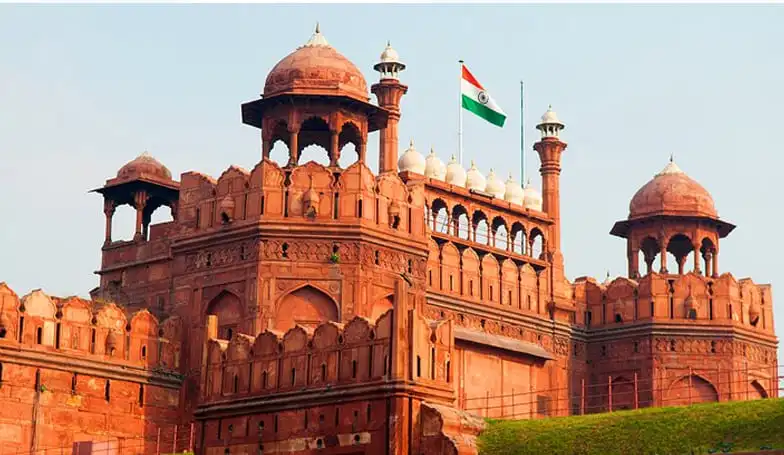

India Gate in New Delhi is our national monument.
Monuments are the live reminders of our past and heritage. They are the national treasures and a symbol of pride of their civilization and help us to appreciate our past.
Agra in Uttar Pradesh is known for numerous historical monuments.
There are total 116 Indian monuments that can be visited across 19 states.
Copyright 2012-2022 Indiamap Digital Pvt Ltd. All rights reserved. Privacy Policy | Terms of Use